Best Space Pictures of the Week - Dec. 7, 2012
Most Distant Black Hole X-Ray Blast Discovered
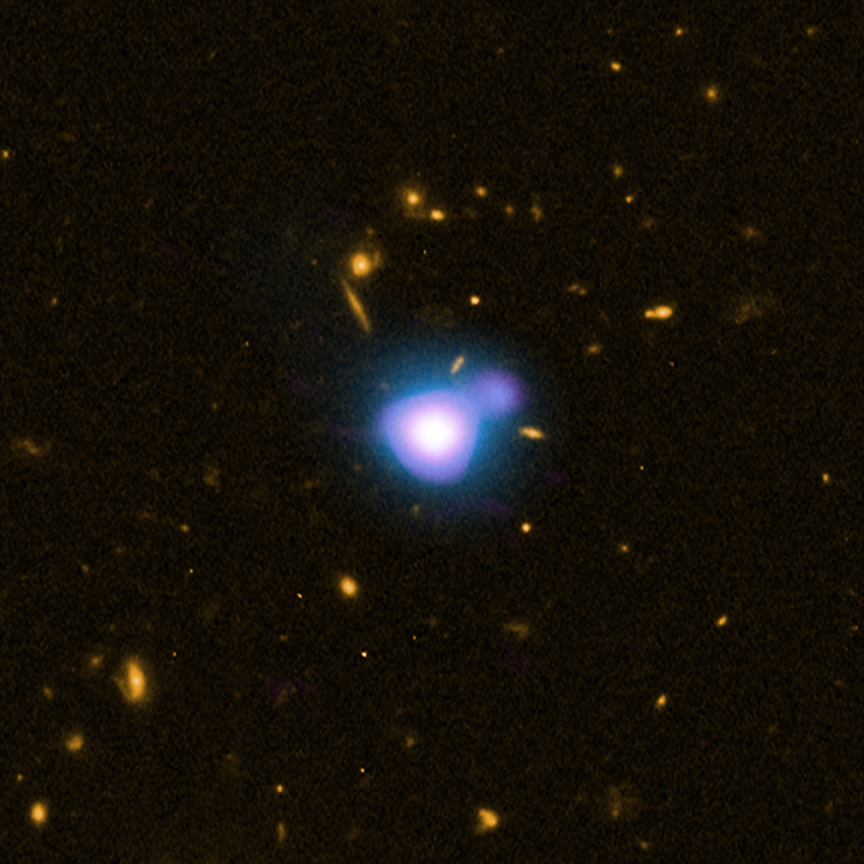
The most distant X-ray jet ever observed has been discovered some 12.4 billion light years from Earth, giving astronomers a peek at the life of giant black holes not long after the Big Bang. [Full Story]
Moon Surprisingly Battered, New Lunar Gravity Map Reveals
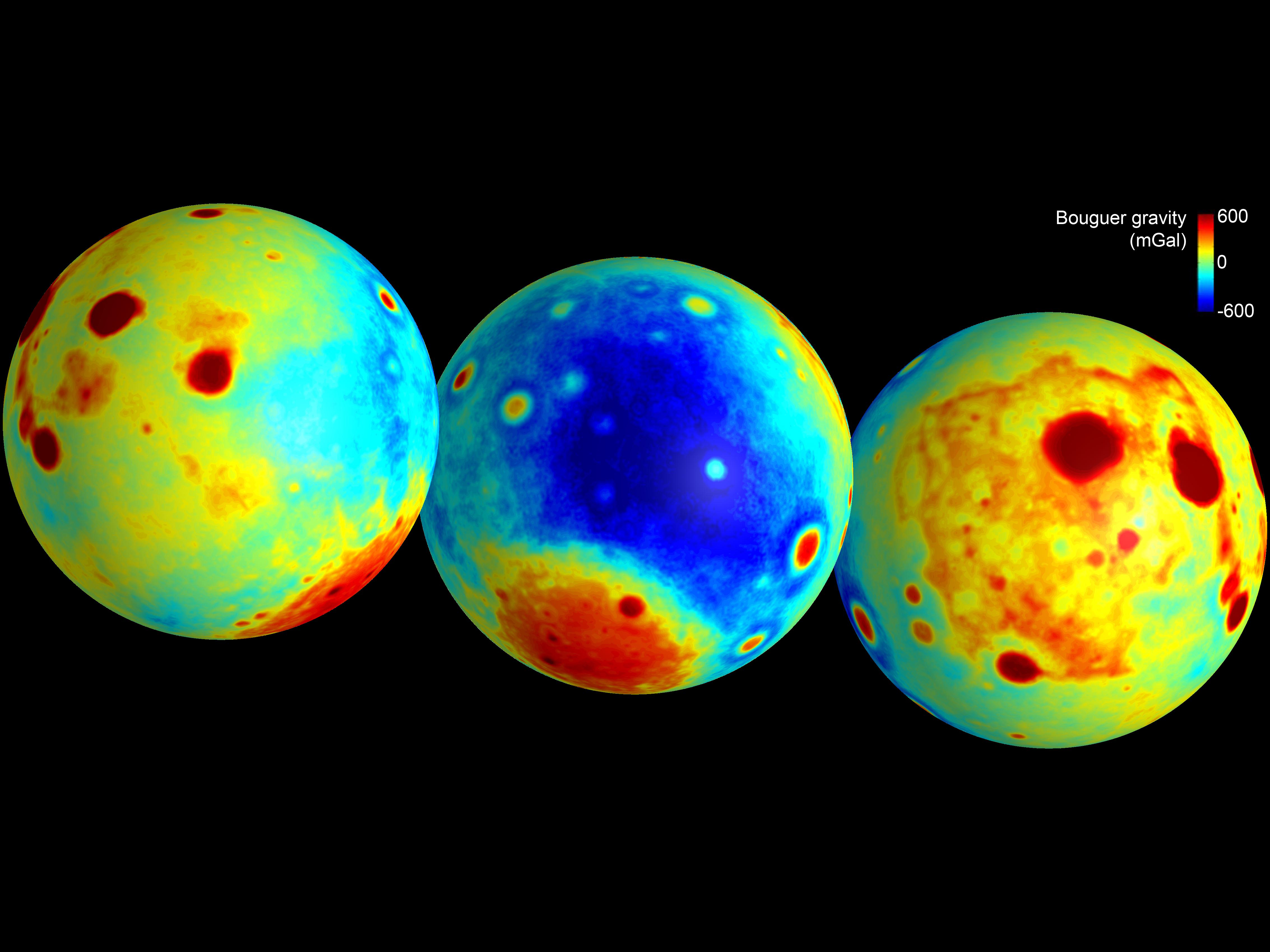
NASA will unveil the latest discoveries from its GRAIL mission to map the moon’s gravity. The twin Grail probes have revealed a detailed view of the interior of the moon’s crust. [Full Story]
Black Marble: Stunning New Images of Earth at Night
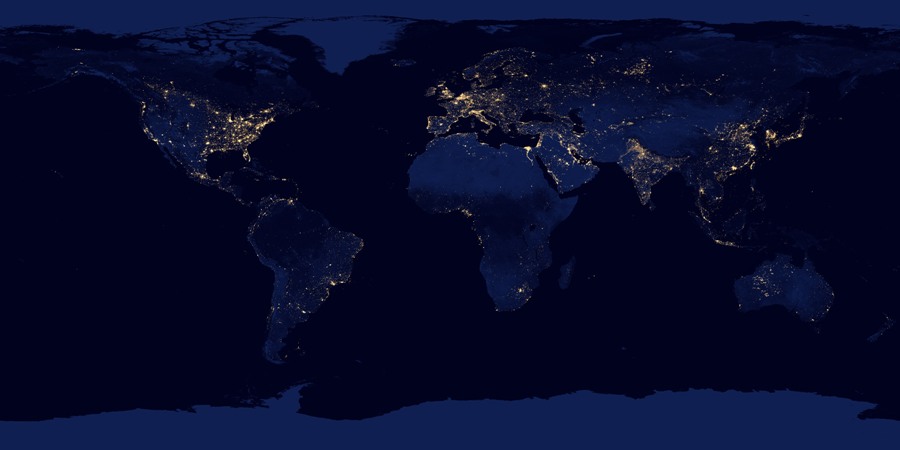
NASA released a slew of images showing what Earth looks like from space at night. [Full Story]
Exoplanet Catalog Reveals 7 Possibly Habitable Worlds
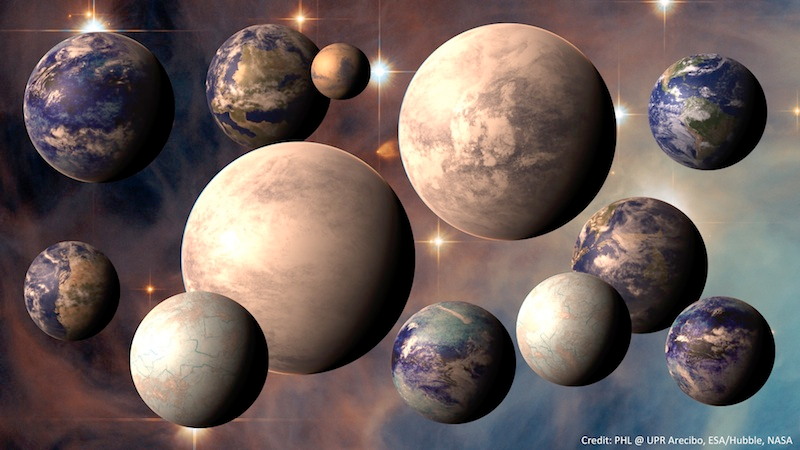
The Habitable Exoplanets Catalog has seven candidate planets listed so far, and the pace of discovery is increasing, says its founder. [Full Story]
Glowing Nebula Photo Marks New Telescope's Inauguration
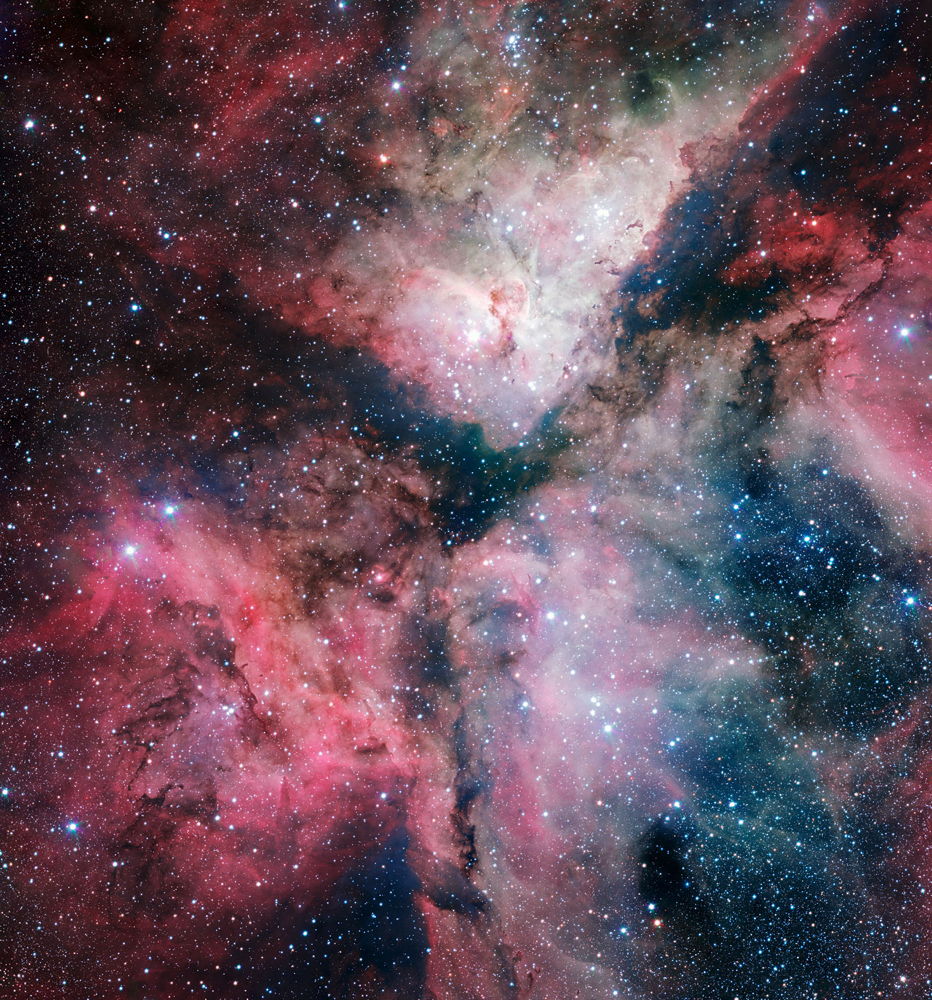
A spectacular new image of the star-forming Carina Nebula has been captured by the VLT Survey Telescope at ESO’s Paranal Observatory. [Full Story]
Galaxy Crash is a Cosmic Bullseye
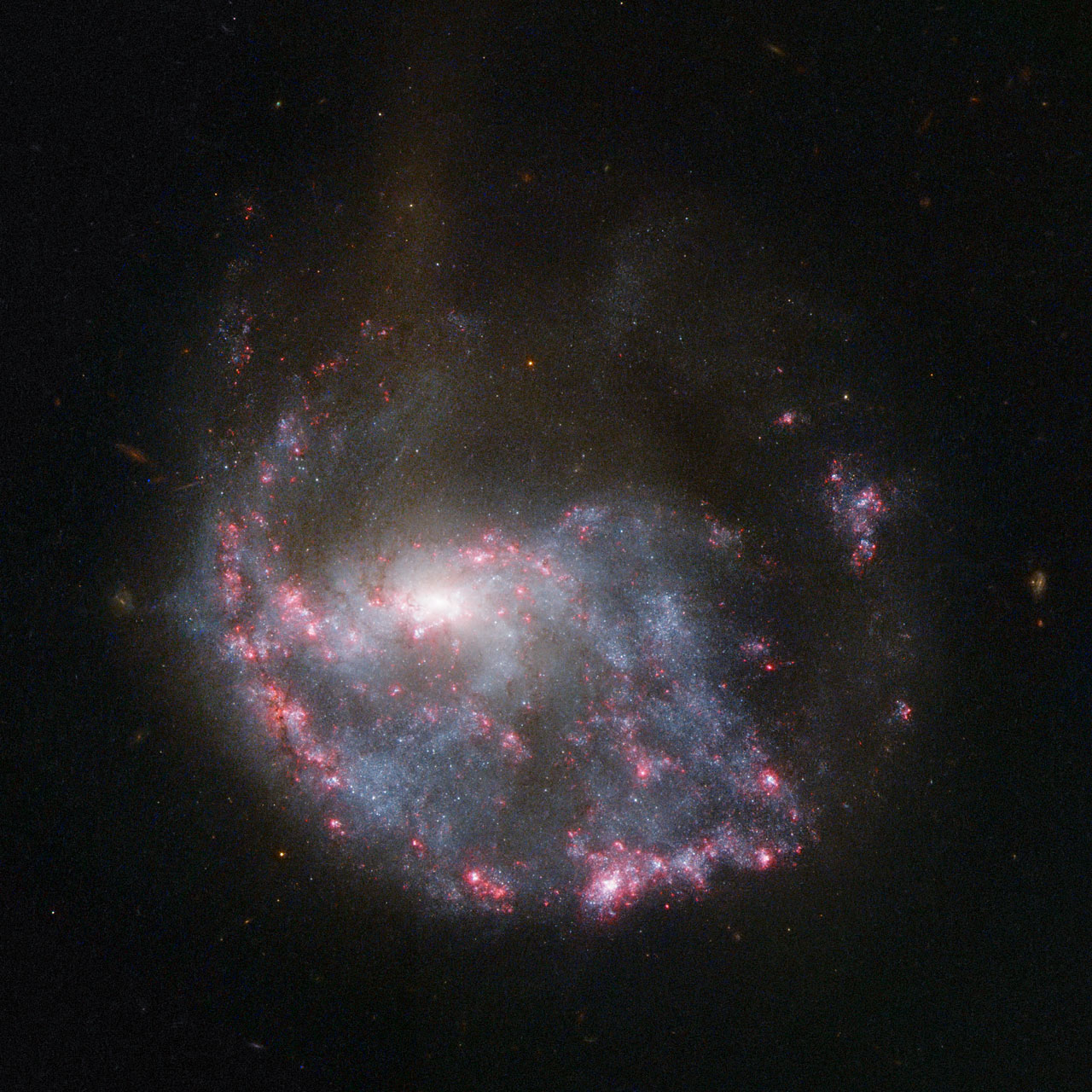
Two galaxies crashed into each other in a head-on collision, creating a cosmic bullseye seen by the Hubble Space Telescope. [Full Story]
Mars Mountains Look Frosty in New Images
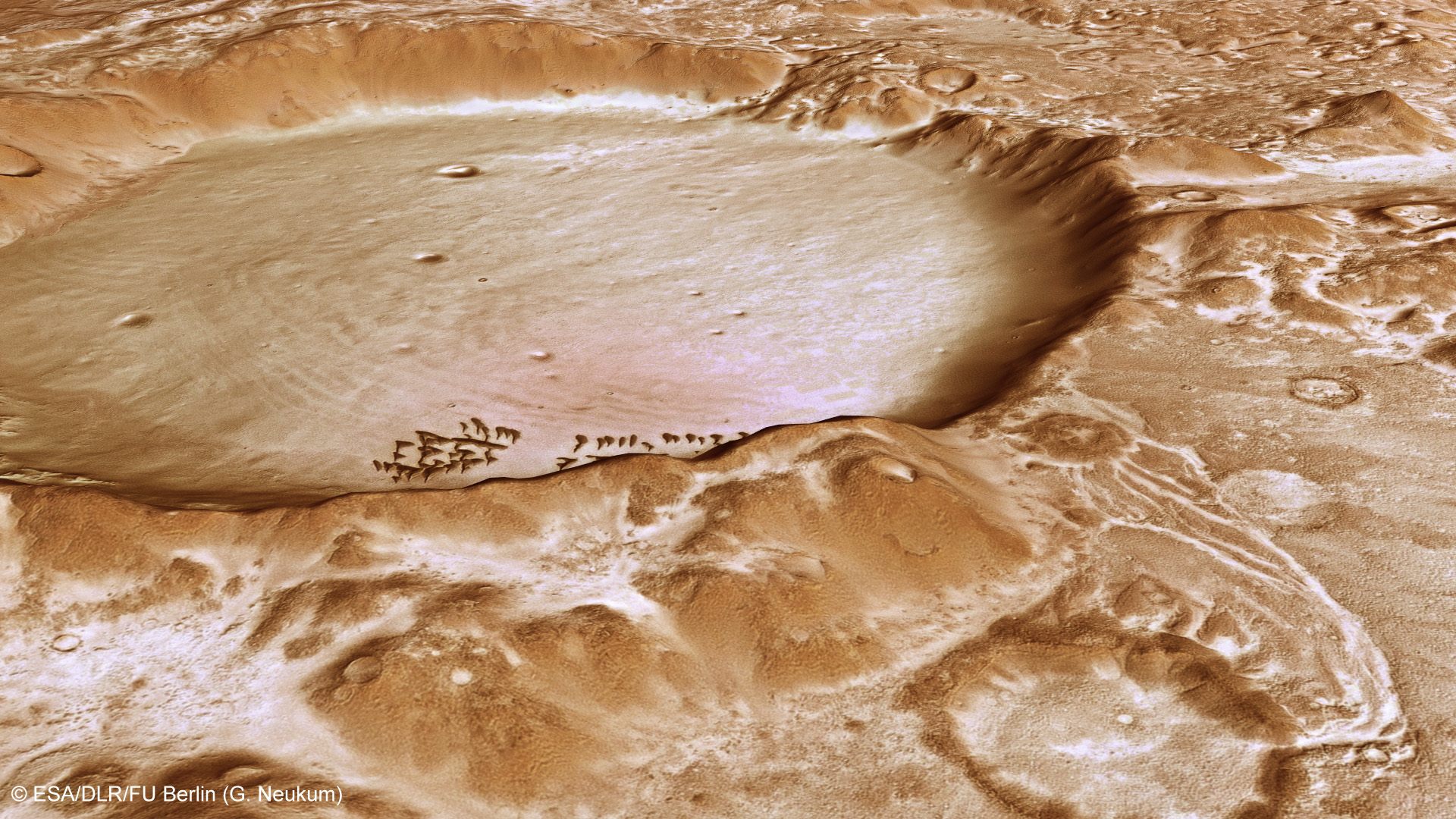
A European spacecraft orbiting Mars has snapped wintry-looking pictures of a mountain range on the Red Planet's southern highlands, where ridges and crater floors are dusted with carbon dioxide frost. [Full Story]
Get the Space.com Newsletter
Breaking space news, the latest updates on rocket launches, skywatching events and more!
Orion and Jupiter Shine Above Dense Fog in Stunning Photos
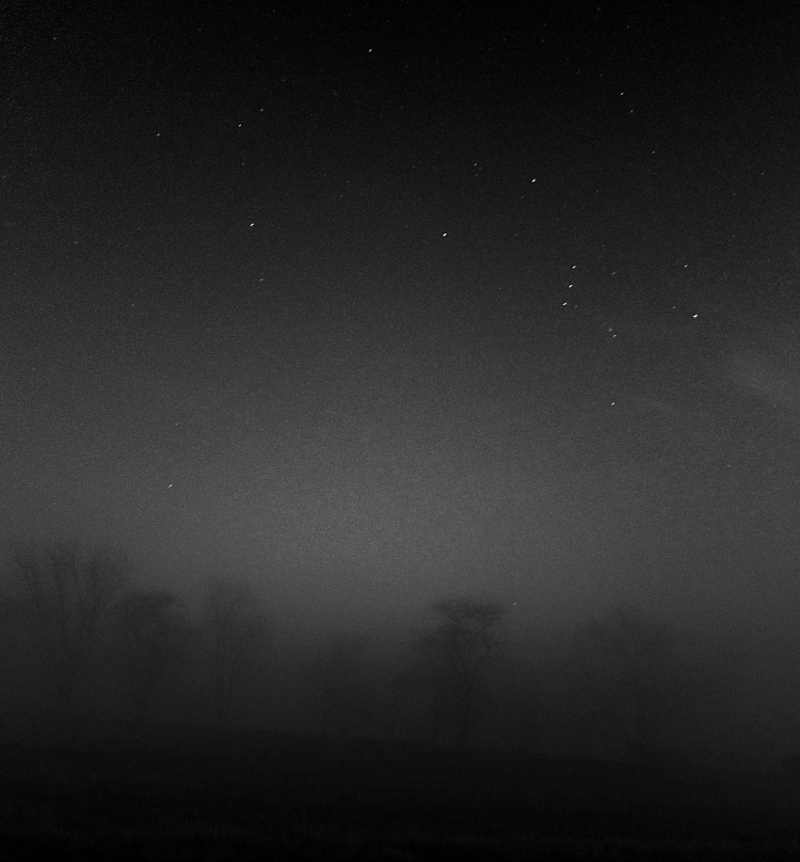
The constellation Orion, the hunter, and the mighty planet Jupiter are clearly visible in two night sky photos, despite a very foggy Illinois night. [Full Story]
Brown Dwarf Stars Could Host Earth-Size Planets, Study Finds
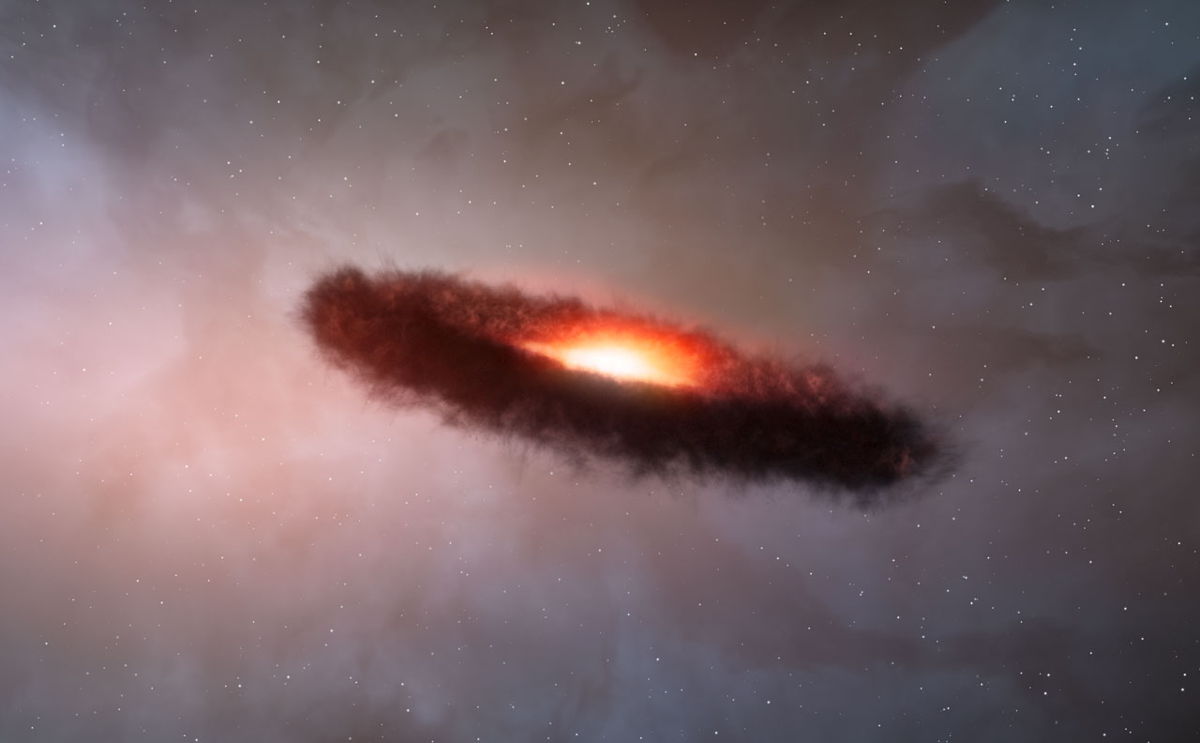
Astronomers have made observations of a brown dwarf and discovered a dusty disk with tiny solid grains commonly seen around stars. This gives rise to a new theory for planetary formation: that brown dwarfs could have rocky, Earth-like planets. [Full Story]
Join our Space Forums to keep talking space on the latest missions, night sky and more! And if you have a news tip, correction or comment, let us know at: community@space.com.

Space.com is the premier source of space exploration, innovation and astronomy news, chronicling (and celebrating) humanity's ongoing expansion across the final frontier. Originally founded in 1999, Space.com is, and always has been, the passion of writers and editors who are space fans and also trained journalists. Our current news team consists of Editor-in-Chief Tariq Malik; Editor Hanneke Weitering, Senior Space Writer Mike Wall; Senior Writer Meghan Bartels; Senior Writer Chelsea Gohd, Senior Writer Tereza Pultarova and Staff Writer Alexander Cox, focusing on e-commerce. Senior Producer Steve Spaleta oversees our space videos, with Diana Whitcroft as our Social Media Editor.









